Choosing the Right Color for Your Hardwood Floor
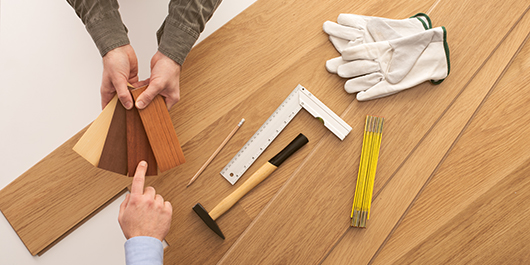
When it comes to choosing the color of your hardwood floor, there really is no hard and fast right answer. However, it is possible to make the wrong choice for your home.
Over the years, we’ve seen customers get caught up in several common design dilemmas when it comes to putting in a new hardwood floor. While there are nearly endless beautiful hardwood flooring options for your home, we’re going to focus on the few design cautions that can derail even the best laid flooring plan.
Caution #1 – Matching your flooring dead on with your woodwork or cabinetry
This is one of the most common mistakes we see, hands down.
As a general rule, your hardwood flooring should be about two shades lighter or darker than the woodwork and cabinetry around it. When you match the hardwood exactly, the room blends together, but not in a good way.
The same color hardwood floor takes all your wood and blends it together in one continuous field – effectively overwhelming the space, instead of complementing it. It can have the disorienting effect of erasing the edges of the room; so that you can’t see the woodwork and the edges of the room lose their definition.
Caution #2 – Poor choices in contrast
Contrasts, when done well, can be beautiful. For instance, a nearly black finished floor can look beautiful with white woodwork and walls. But a black stained floor with natural hickory woodwork or cabinets would be a bridge too far to cross, design wise. Be careful to get the right blend of materials.
Caution #3 – Poor combinations of wall paint and hardwood flooring color
- Yellow can make your new natural or light stained floor look sallow
- Burgundy paint, combined with a very red cherry floor, looks ‘off’
When choosing your flooring or your paint, be careful not to fall into “too much of the same” syndrome. To be safe, take your hardwood flooring sample from room to room to see how well it blends in with what you have.
Caution #4 – Ignoring undertones
While we recommend you choose a different shade than the other woods in your room, it is important to keep the undertones the same. For instance, a reddish cherry floor will look terrible when butted up against cabinets or trim that is a golden brown.
Caution #5 – Too much dark or light in a room
The same is true of dark rooms. Rooms with low natural light, dark walls and dark furniture could benefit from a bright pickled floor, which would provide the perfect accent.
At ProSand, we have the staff to help you choose the right hardwood flooring for any room. Come visit our showroom, check out our hardwood flooring page, or contact us via email. We would love to work with you to find the perfect flooring choice for your home.



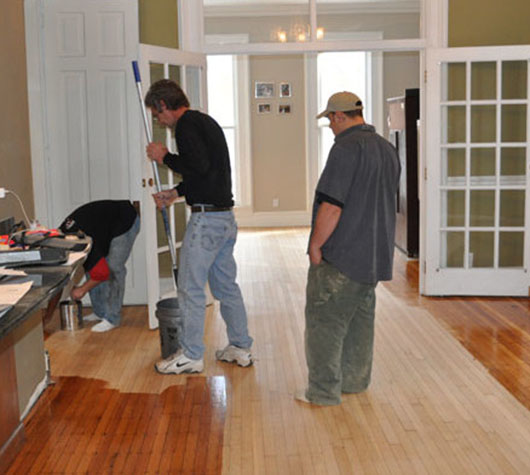 Repairing Scratched Hardwood Floors
Repairing Scratched Hardwood Floors
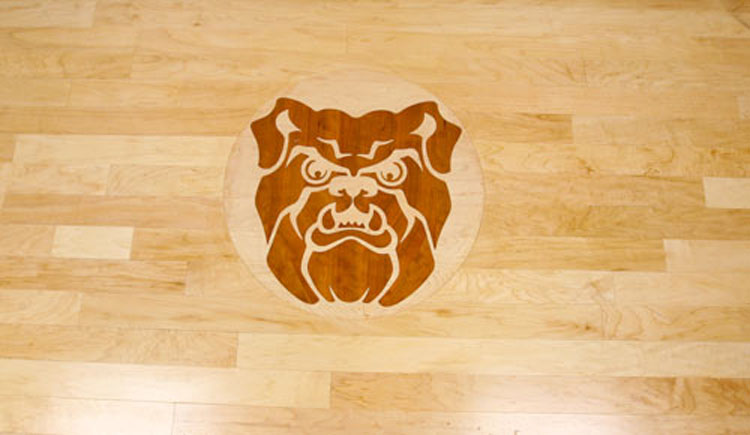 Hinkle Fieldhouse Butler Univers...
Hinkle Fieldhouse Butler Univers...
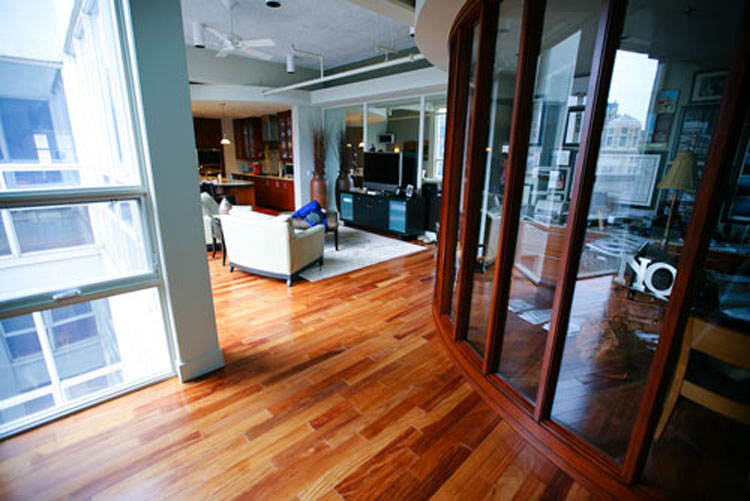 Penthouse Town Home Downtown Ind...
Penthouse Town Home Downtown Ind...
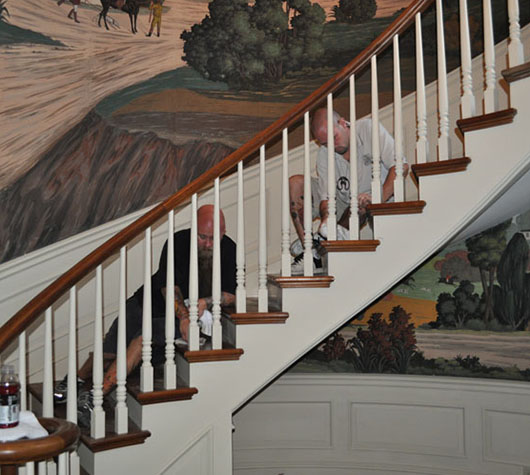 Antique Flooring Restoration
Antique Flooring Restoration
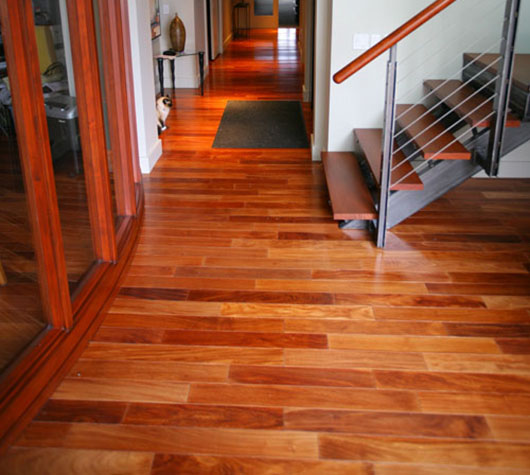 Brazilian Cherry Hardwood Floors
Brazilian Cherry Hardwood Floors